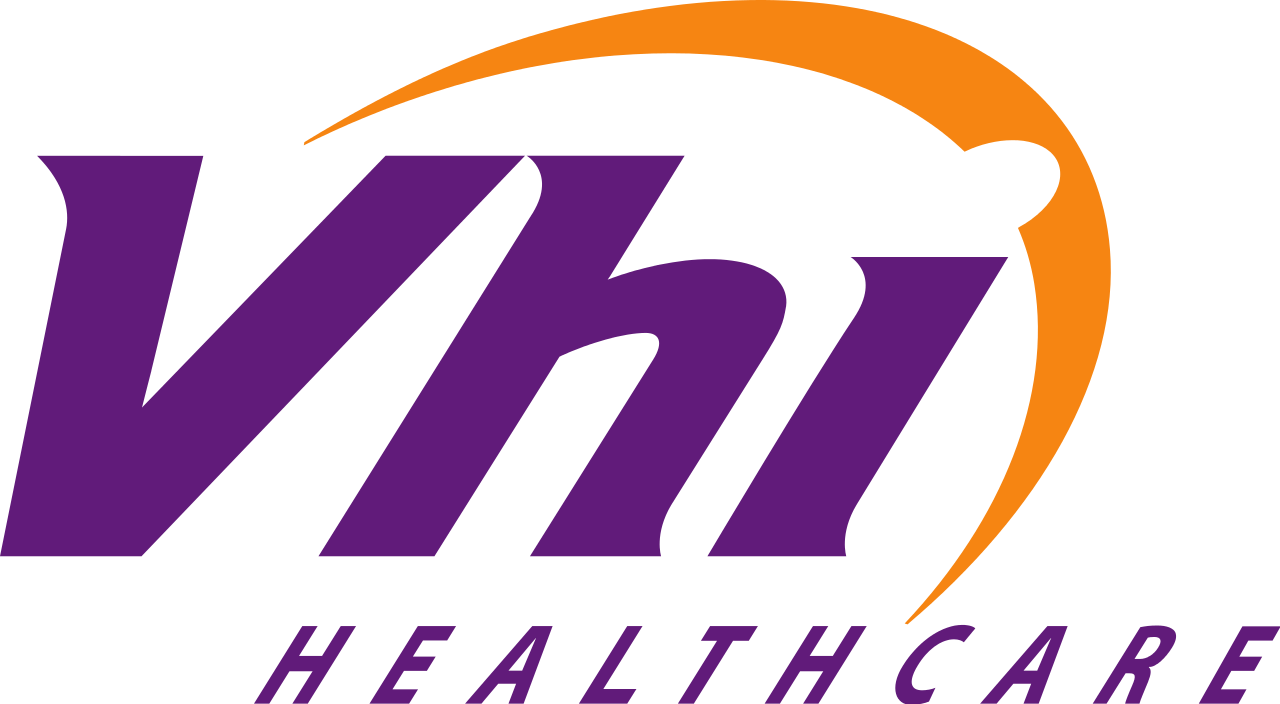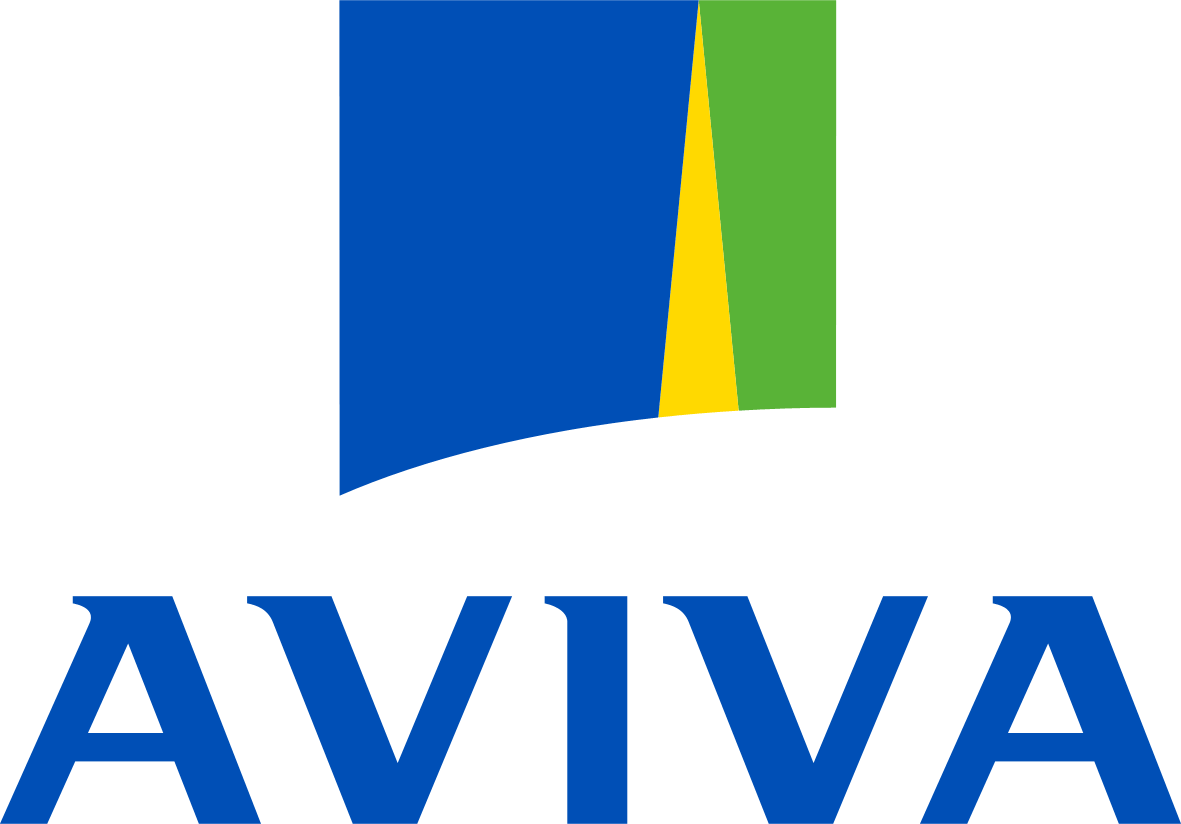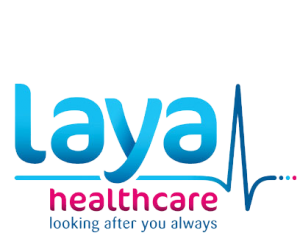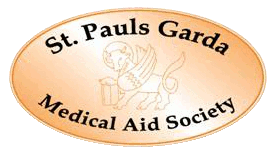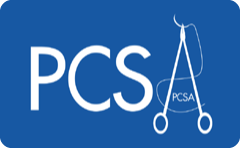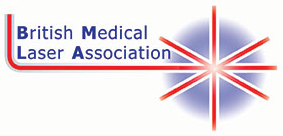 Download this information as a PDF
Download this information as a PDF
Radiosurgery is a method of using radio waves to cut or coagulate tissue that has made the scalpel blade redundant. All cutting, dissecting, shaving and coagulation can now be done by using the Ellman Surgitron Radiolase, which is a 4-megahertz, 50-watt radiosurgery unit (see photo). This is essentially a transformer which changes the main voltage from a plug in the wall to a high voltage and high frequency (4MHz). This high frequency current is then further modified by filtering and can produce one of three wave forms (a) cut, (b) cut plus coagulation and (c) haemostasis. The unit has a ground plate or antenna, which needs to be placed close to the operative field but unlike diathermy it does not have to be in contact with the patient’s skin. A second outgoing lead goes to a hand piece, on to which various types of electrodes can be attached. The straight wire electrode (“vari-tip”) is used for cutting; round loop attachments are using for shaving and a ballpoint attachment is used for coagulation. There is also a nail matrixectomy electrode, which can be used for treating in-grown toenails.
When the unit is activated by a foot or hand switch, radiowaves are transmitted from the electrode on the hand piece through the patient and picked up by the ground plate or antenna. However unlike electrocautery, the electrodes do not become hot or red. Energy is only released when the electrode touches the patient’s skin, which produces steam within the cells, thus vaporising them and the surrounding tissues. The fine wire cuts through tissue much like a hot wire would cut through butter. This leads to a very precise and fine cut with very little collateral damage to the surrounding tissues (see table 1)
The Radiosurgery unit also has power settings from 1 to 10. These power settings are critical. If too low, the electrode will stick and drag in the tissues. If too high sparking and tissue damage will occur. The optimum power setting is when it allows no drag and no sparking and the electrode glides smoothly through the tissues.
During Radiosurgery, smoke is produced, which can create an unpleasant burning smell and the vapour may be potentially dangerous if inhaled. Ideally, Radiosurgery should be used in conjunction with a smoke evacuator, which also incorporates a viral filter and an activated charcoal filter for both operator and patient safety and comfort.
Radiosurgery should never be used in the presence of flammable anaesthetic or liquids (e.g. methalated spirits) and may interfere with other electo-medical equipment or pacemakers.
All electrodes and the hand piece that holds the electrodes need to be sterilised between patients.
The technique when using Radiosurgery is completely different from when using a scalpel blade. One can be helped along the learning curve by practising on a moistened piece of lean beefsteak. Unlike a scalpel blade, with Radiosurgery no pressure need be applied. The tissues do not need to be held in tension, as the Radiosurgery Electrode glides through the tissues which are split apart, cutting like a laser but at a fraction of the cost. Very light, delicate, smooth movements must be used; quick strokes give better results and the technique is similar to that of the stroke of an artist’s brush. Tissues must be kept moist, by wetting with gauze soaked in saline, or water, before starting.
The Ellman Surgitron Radiolase is ideal for carrying out small procedures in General Practice, Outpatients Departments, Accident and Emergency Departments or Consultants Rooms (see table 2)
ELLIPTICAL EXCISIONS
Radiosurgery is ideal for elliptical excisions especially for small delicate ellipses on the face, ears or hands and for large ellipses in vascular areas where one expects a lot of bleeding. After infiltrating with local anaesthetic, the skin is moistened with the antiseptic solution and the skin is split along the lines of skin tension with a smooth, even, fairly quick paintbrush type movement. The initial incision through the skin is done with a vari-tip straight wire electrode (see photo 2) and the machine set to “cut” with a power setting that does not allow sparking or dragging of the electrode in the tissues. I usually change to the “cut/coagulation” setting when dissecting through the subcutaneous tissues and removing the ellipse of skin. Any bleeders can be picked up by a small Addson non-toothed forceps and coagulated by touching the forceps with the activated electrode, which passes the coagulation current down the forceps and onto the bleeders which are heat sealed. I normally undermine the edges using the radiosurgery straight wire vari-tip to reduce tension on the wound before suturing.
SHAVE BIOPSY
Radiosurgery is ideal for doing a shave biopsy of any nodular or pedunculated lesion such as skin tags, intradermal naevi, cutaneous horns or a nodular tumour such as a BCC prior to cryosurgery. However radiosurgery is not suitable for thick, fibrous, dry lesions such as keloid scars, dermatofibromas and viral warts unless one has the more powerful 100-watt hospital unit (Ellman Surgitron ICE).
For intradermal naevi, I usually mark the naevi with a skin marker and infiltrate some local anaesthetic under the lesion. I then choose a loop electrode (see photo 3) with the “cut” setting and after dampening the tissues I shave through the naevus about 1mm above the skin surface. The portion that has been shaved off can be sent for histology. The remaining part of the naevus can be shaved down until flush with the surrounding skin by light feathering strokes. Carbonised debris can be wiped away easily by using a moist swab. Any small bleeders can be very lightly touched using the ballpoint electrode with the coagulation current.
INGROWN TOENAILS
Radiosurgery can be used to permanently ablate the nail bed after wedge resection under ring block anaesthesia for ingrown toenails much the same as phenol has been used in the past. The advantage of Radiosurgery is that there is more precise destruction of the nail matrix without damaging the surrounding peri-ungal skin. This leads to shorter treatment times and more rapid healing. A special nail matrixectomy electrode is used which is coated with Teflon on its upper side and active on its lower side. This allows selective destruction of nail matrix after a wedge of nail has been removed.
Doctors interested in carrying out Radiosurgery should get instruction from an expert Radiosurgeon and practice on a piece of lean beef steak before carrying out any procedures on patients.
Dr David Buckley is a General Practitioner from Tralee with a special interest in Primary Care Dermatology.
Dr Buckley has written and presented a 25-minute training video entitled “Radiosurgery for Cutaneous Disorders”.
Table 1 - Advantages of Radiosurgery over Conventional Scalpel Surgical
- More precise cutting
- Quicker operating time
- Less tissue damage
- Less bleeding
- Bleeders can be rapidly coagulated
- Rapid healing
- Less post-operative discomfort
- Excellent cosmetic results
- Wide range of indications
Table 2 - Possible indications for Radiosurgery
- All incisional or excisional biopsies (e.g. moles, BCC, SCC)
- All dissections such as Lipomas, Sebaceous cysts, Scalp cysts.
- Ingrown toenails
- Shave Biopsies (Intradermal Naevi, Chondrodermatitis Nodularis Helicus, eyelid cysts, skin tags, cutaneous horns, exanthelasma).
- Debulking tumours prior to cryosurgery.
- Vasectomies
- Treatment of Telangiectasia Epilation of excess hair.
- Cone Biopsies of the cervix.
Radiosurgery has many other indications in plastic surgery, eyelid surgery, ENT surgery, dentistry, chiropody, gynaecology and proctology.



